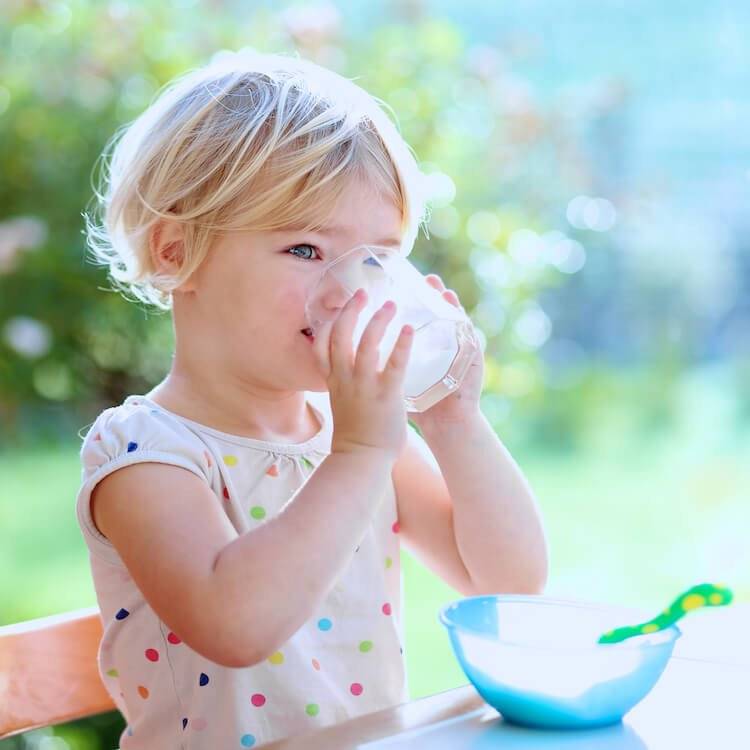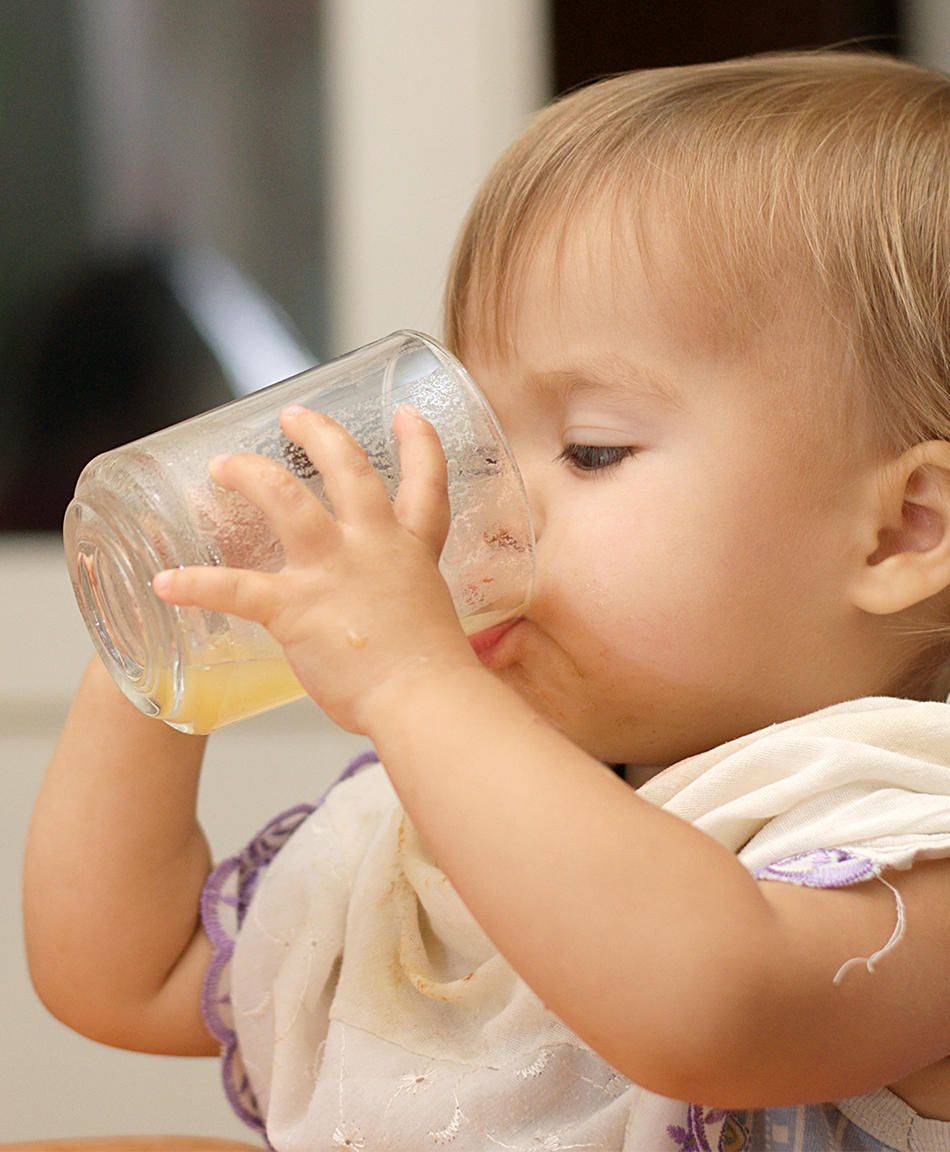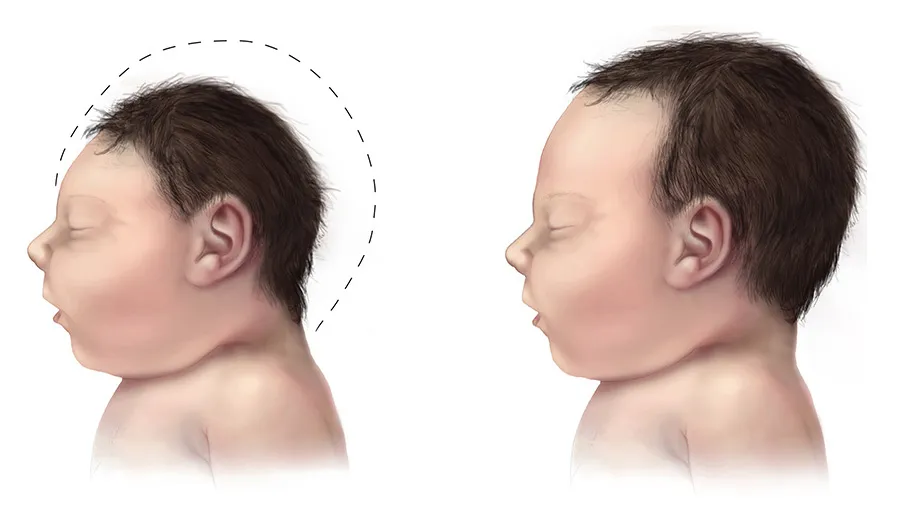Table of Contents
As the summer heat rolls in, it becomes increasingly important to prioritize hydration for your children. Proper hydration is essential for maintaining your kids’ overall health, supporting physical performance, and promoting cognitive function.
We at Omega Pediatrics aim to enlighten you, as parents, on why hydration is important in children, the unpleasant signs of being dehydrated, and some tips to keep your child hydrated throughout the upcoming summer.
These tips and techniques ensure your child stays refreshed, energized, and protected from heat-related illnesses.

Why is it Important for Children to Stay Hydrated?
Prevents Dehydration
Kids must prioritize hydration since their bodies have a higher proportion of water and can lose fluids more quickly through activities and heat exposure. Dehydration causes symptoms like thirst, dry mouth, fatigue, and reduced urine output.
A serious case of dehydration can induce dizziness, confusion, and even damage organs in severe cases.
Regulates Body Temperatures
Especially during the summer, when your kids sweat, their bodies cool down. This process can deplete water levels. Drinking adequate fluids allows them to replenish lost water, stabilize body temperature, and prevent heat exhaustion or heat stroke.
Supports Cognitive and Physical Activities
Dehydration negatively impacts energy levels, concentration, and overall cognitive abilities. It can also lead to muscle cramps and fatigue, hindering physical performance.
Tips to Keep Your Child Hydrated
Proper hydration is extremely important for your children, especially during the hot summer months, when dehydration increases. Here are some ways to keep your child hydrated throughout the summer.
1. Enough Daily Water Intake
Encourage your child to drink water regularly, even when they aren’t feeling thirsty. Children may not always recognize their thirst, so make water consumption a habit.
Offer water as the primary beverage choice and make it accessible by placing water bottles or pitchers in visible locations around the house. Teach your child the importance of drinking water to maintain proper hydration levels.
2. Make Water More Appealing
To make water more enticing, consider adding slices of fruits like lemon, lime, or berries for a refreshing twist. Infused water provides a burst of natural flavors and encourages your child to drink more.
You can also use colorful and attractive water bottles or cups to make them visually appealing. Freeze fruit pieces in ice cubes and add them to the water for a fun and flavorful experience.
3. Set Hydration Schedule with Reminders
The aim is to remind your child to drink water at specific times throughout the day. For example, drink a glass of water upon waking up, before and after meals, and during breaks from activities.
Set alarms or smartphone apps to send hydration reminders to ensure your child stays on track with their water intake.
4. Bring a Reusable Water Bottle on the Go
This ensures easy access to water throughout the day. Choose a durable, spill-proof bottle with your child’s favorite character or design. Let them bring it and take sips frequently, wherever they go. Having a water bottle reminds your child to drink water regularly.
5. Water-Rich Foods for Children’s Snacks
Include water-rich foods like watermelon, cucumbers, oranges, grapes, and strawberries as snacks to increase fluid intake. These hydrating fruits and vegetables provide water content and vital nutrients, vitamins, and minerals.
Snacking on these foods increases your child’s hydration levels and provides additional health benefits as well.

6. Fun Games Related to Drinking Water
Make drinking water a fun and engaging activity for your child. Create games or challenges that revolve around hydration. For instance, you can have a “hydration goal chart” where they can track their daily water intake and earn rewards for meeting targets.
7. Limit Intake of Sugary Drinks
Beverages with high sugar content, such as sodas, sports drinks, and juices, increase the risk of dehydration and contribute to your child’s weight gain. Instead, choose water or natural fruit-infused water as the go-to choice for hydration.
If your child prefers flavored beverages, choose unsweetened or dilute them with water to reduce sugar intake while still providing some hydration.
8. Limit Caffeine Intake
Caffeine has diuretic effects, which contribute to dehydration. Limit your child’s consumption of caffeinated beverages, such as coffee, tea, and energy drinks. These drinks can increase fluid loss and hinder proper hydration.
If your child consumes caffeine, let them drink additional water to offset its dehydrating effects.
9. Drink More Water on Hotter Days
Be mindful of weather conditions, as heat and humidity increase the risk of dehydration. Let your child drink water more frequently on hotter days or when participating in outdoor activities. Combining heat and physical exertion can cause increased sweating and fluid loss.
Provide water-rich snacks or frozen treats like homemade popsicles to help cool and hydrate them.
10. Encourage Water Intake During Physical Activities
During physical activities or outdoor play, let your child drink water before, during, and after. Staying hydrated during physical exertion helps maintain energy levels, supports muscle function, and prevents heat-related illnesses.
Take small sips of water every 15-20 minutes during activities to replenish fluids lost through sweating.
11. Small and Frequent Water Breaks
Provide small and frequent water breaks for your child during the summer. Take short breaks every 15–30 minutes to drink water, especially if they’re playing under the sun or outdoors, to replenish fluids and prevent dehydration.
12. Be a Hydration Role Model to Your Children
Children learn by example, so be a role model and consistently drink water in front of your child to promote the habit. Demonstrate the importance of hydration by making water your beverage of choice, especially during meals and outdoor activities.
Show enthusiasm and discuss how refreshing and beneficial water is for your body. When your child sees you prioritizing hydration, they are more likely to follow suit.
Signs of Heat Exhaustion in Children
When the weather gets hot, pay attention to the signs of heat exhaustion in children. While most cases can be managed at home, seek medical help if severe symptoms appear despite home care.
Heat exhaustion is a milder form of heat illness that can progress to heatstroke if not treated promptly. Children may show symptoms of heat exhaustion after playing or exercising in the heat and become dehydrated.
Heatstroke is a severe type of heat illness that occurs when a child’s body creates more heat than it can release. It needs emergency medical care and can be life-threatening. Hence, be aware of the symptoms of heat exhaustion before it worsens.

Fatigue and Weakness
Heat exhaustion can make children feel extremely tired and weak. They struggle to participate in their usual activities due to fatigue and reduced energy levels.
Excessive Sweating
Children produce more sweat to regulate temperatures. However, if they don’t replenish the lost fluids, it can lead to dehydration. Pay attention to signs of profuse sweating on the forehead, neck, and body.
Nausea and Vomiting
Heat exhaustion may cause gastrointestinal symptoms such as nausea and vomiting in your children. The combination of heat exposure and dehydration can irritate their stomach, resulting in discomfort.
Dizziness and Fainting
Children with heat exhaustion may experience dizziness, lightheadedness, or even fainting spells. Prolonged exposure to heat and inadequate hydration can affect blood flow and circulation, leading to fainting.
Headaches and Pale Skin
Dehydration, heat, and stress on the body can trigger headaches of varying intensity. Your child may complain of a throbbing or dull headache, contributing to discomfort and fatigue.
Also, heat exhaustion causes the skin to become pale or clammy due to reduced blood flow and perspiration. These indicate that the body is struggling to regulate temperature.
Other symptoms:
- elevated body temperature, usually 100 to 104 Fahrenheit.
- Goosebumps
- Increased thirst
- Irritability
- Muscle cramps

Give Relief to Heat Exhaustion in Children: What Parents Can Do
Being aware of the above indicators, it’s important to treat heat exhaustion immediately since it may develop into heatstroke. Parents should:
- Create a cool environment by bringing the child indoors or under a cool shade
- Undress the child, as the case permits
- Let the child lie down with feet slightly raised
- If the child is alert, give them a lukewarm bath or spray with lukewarm water. Then put on cool and loose clothes or a towel.
- If the child is alert and coherent, give frequent sips of cool, clear liquids and electrolyte-rich beverages to help replace fluids
- If the child is vomiting, turn them onto their side to prevent choking.
- If your child feels uneasy, has an upset stomach, or has a reduced appetite, offer small sips of water or an oral rehydration solution
- Seek medical attention if the symptoms persist or worsen.
Keep Your Child Hydrated This Summer
Ensure your child is hydrated during the summer to prevent heat-related illnesses like dehydration and heat exhaustion. By prioritizing hydration, you help maintain your child’s proper body function, regulate body temperature, and support their cognitive and physical activities.
We at Omega Pediatrics want to remind you and your kids how important it is to stay hydrated, especially during the summer. If your child is suffering from a heat-related illness, we will be glad to help you. Come book an appointment with us!
FAQ
Why is it important for children to stay hydrated during the summer?
Proper hydration is crucial for children during the summer to prevent dehydration, regulate body temperature, and support cognitive and physical activities. Kids are more susceptible to dehydration due to higher water proportions in their bodies and increased fluid loss through activities and heat exposure.
What are some tips to keep your child hydrated during the summer?
Some tips to keep your child hydrated include encouraging regular water intake, making water more appealing with fruit slices or colorful bottles, setting hydration schedules with reminders, bringing a reusable water bottle on the go, incorporating water-rich foods into snacks, and limiting intake of sugary and caffeinated drinks.
What are the signs of heat exhaustion in children?
Signs of heat exhaustion in children include fatigue and weakness, excessive sweating, nausea and vomiting, dizziness and fainting, headaches and pale skin, elevated body temperature, goosebumps, increased thirst, irritability, and muscle cramps.
How can parents provide relief to children experiencing heat exhaustion?
Parents can provide relief to children experiencing heat exhaustion by creating a cool environment, undressing the child if appropriate, letting them lie down with feet slightly raised, offering frequent sips of cool, clear liquids and electrolyte-rich beverages, and seeking medical attention if symptoms persist or worsen.
Why is it essential for parents to be hydration role models for their children?
Parents being hydration role models for their children is crucial because children learn by example. By consistently demonstrating the importance of hydration and making water their beverage of choice, parents promote the habit of staying hydrated and prioritize their children’s health and well-being.



